
‘You are not broken, the system is’ – new NFP pushes for less medication
Posted on 03 Dec 2025
The over-medicalisation of distress affects pretty much everyone in Australia, leading to needless…
Posted on 02 Apr 2024
By Greg Thom, journalist, Institute of Community Directors Australia

A growing awareness of the detrimental impact of climate change, waste and deforestation is fueling a passion for environmentally friendly homes.
It’s a trend that national not-for-profit organisation Renew Australia has been a fervent supporter of for a long time.
Renew was launched in 1980 by a group of people passionate about inspiring, enabling and advocating for Australians to live sustainably in their homes and communities.
In the decades since, the organisation has become a respected source of independent expert advice to households, government and industry on sustainable housing.
Renew publishes two magazines, available in hard copy and online, about energy efficiency, solar power, rainwater tanks, and materials use, reuse and waste.
Both magazines – Sanctuary and Renew – are designed to empower households to save money and reduce their impact on the environment.

Renew CEO Helen Oakey said Australians are becoming increasingly aware of their environmental impact and are keen to do what they can to reduce their eco- footprint by transforming their homes into sustainable places to live.
“We all have an impact on this planet, and many more people are starting to realise that we need to rethink the way we live to reduce that impact,” said Ms Oakey.
“That’s not to say that the community or the individual should carry the burden of that solely – governments and business must set the frameworks and the good practice standards to deliver big structural changes.”
Ms Oakey said empowering the community isn’t just about modelling personal changes.
“It’s about building a movement of people who will also demand action from government.”
For many people, however, improving the sustainability of their existing home or incorporating the latest eco-friendly innovations into their yet to be built dwelling is top of mind.
While acknowledging the high level of innovation being directed at making homes more sustainable, Ms Oakey said sometimes the simplest solutions are the best.
These include:
“The common reverse-cycle air conditioning unit is also your most energy-efficient heater, and you’ll need less heating if your home is snug and airtight,” said Ms Oakey.
Innovations such as the use of recycled building materials, clever ventilation systems and good orientation on the block are being employed in newly constructed homes.
“In many of these homes, additional heating and cooling is rarely required,” said Ms Oakey.
“It’s how we should be building our homes into the future – thoughtful design, smaller homes that are easier to heat and cool, and built to last, so that we don’t waste all that embodied energy in the construction.”
"We all have an impact on this planet, and many more people are starting to realise that we need to rethink the way we live to reduce that impact.”
These were some of the principles that were top of mind for Community Advocate sub-editor Kerryn Burgess, who has just completed a six-month eco-makeover of her Kyneton home, which will be featured in the May edition of Sanctuary magazine.
Built in 1954, the house hadn’t changed much when Kerryn bought the property in 2010.
It had no wall or floor insulation, little ceiling insulation, single glazed windows, gas hot water, gas cooking, and no garden.
“It was freezing in winter and hot in summer,” said Kerryn.

Over the next 12 years, Kerryn made gradual improvements – many of them by her own hand.
First, she built compost bays as an easy way to deal with organic waste.
Next came digging trenches and the laying of stormwater pipes designed to capture rainwater from the house and shed, backed up by installation of a 22,000-litre water tank.
“Then I started planning the garden, which is a lifelong labour of love,” said Kerryn.

It may have taken a while, but Kerryn’s determination to make her home as sustainable as possible never wavered.
“Every few years, as I could afford it, I did something more to decrease my carbon footprint, make the house more comfortable, and decrease my energy bills.”
This ranged from adding more insulation and installing double glazed windows to fitting rooftop solar panels, a heat pump hot water system and split system heating and cooling.
While the house was comfortable and reasonably energy efficient, Kerryn wasn’t done yet.
In 2023 she commissioned a major renovation designed to update the tired- looking and cramped kitchen and bathroom, upgrade and insulate the floor and make the entire house airtight.
The result was so successful, a blower door test showed that the airtightness of the house had gone from 23 air changes per hour to less than two.
“With this level of air tightness, I hope to be able to live without the gas heating this winter,” said Kerryn.
The managing editor of Sanctuary, Anna Cumming, visited Kerryn’s renovated home and was impressed with the result.
“Kerryn and her design and build team have done a meticulous job of upgrading this modest little brick house into a low-energy, comfortable home, prioritising a well-sealed and insulated building envelope and managing to take the energy rating from 1.7 stars right up to 8.9 stars,” she said.
“With its new kitchen and slightly reconfigured layout that connects much better to Kerryn’s main love – her extensive productive garden – it’s an inspiring example of what can be achieved on a reasonable budget.”






While renovated eco-friendly homes such as Kerryn’s show what is possible, Ms Oakey said there are still barriers when it comes to embracing sustainability in the home.
“For example, [lack of] access to upfront capital to install new energy efficient appliances can prevent people from making their homes more efficient,” said Ms Oakey.
“That’s where governments need to step in and reduce those barriers by providing support, for example no-interest loans, to enable people to upgrade.
“Of course, another big barrier is a lack of information and know-how about how to proceed – that’s where Renew comes in!”
On Renew’s Sustainable House Day – April 21 – over 100 homeowners across Australia will be opening their doors and sharing their experiences of building and living in sustainable homes.

Posted on 03 Dec 2025
The over-medicalisation of distress affects pretty much everyone in Australia, leading to needless…
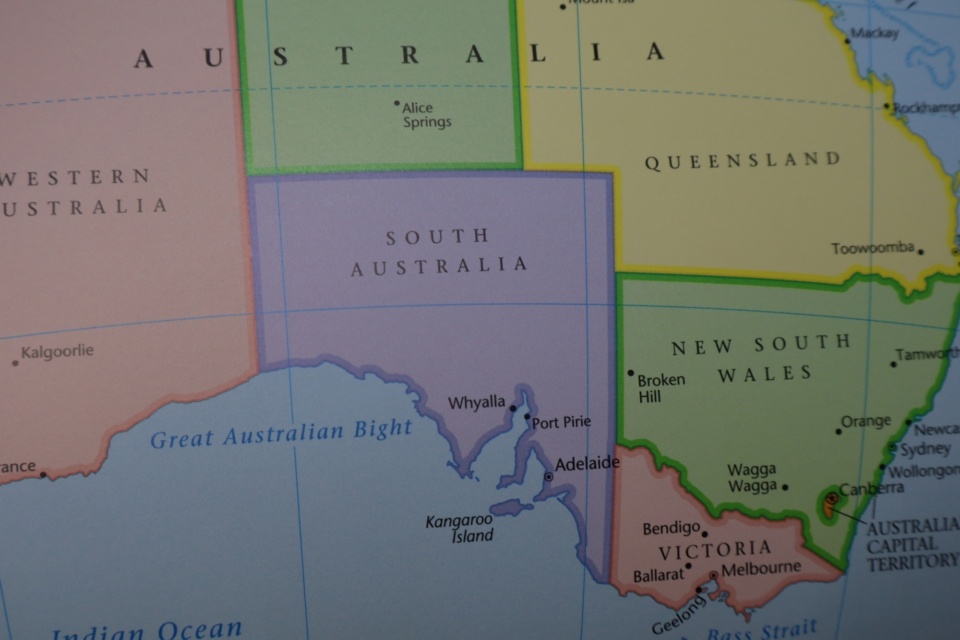
Posted on 03 Dec 2025
If you wanted an example of the problems inherent in federal systems, you couldn’t do better than…

Posted on 03 Dec 2025
Many not-for-profit (NFP) board members in Australia are burnt out, overwhelmed and considering…
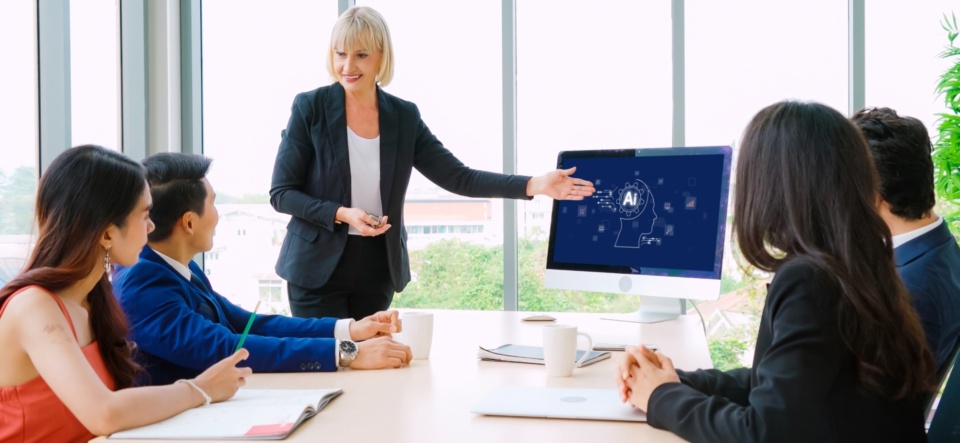
Posted on 03 Dec 2025
Infoxchange has announced a partnership with the National Artificial Intelligence Centre to address…

Posted on 03 Dec 2025
Tonight, in Adelaide, the people least likely ever to be accused of doing what they do for…
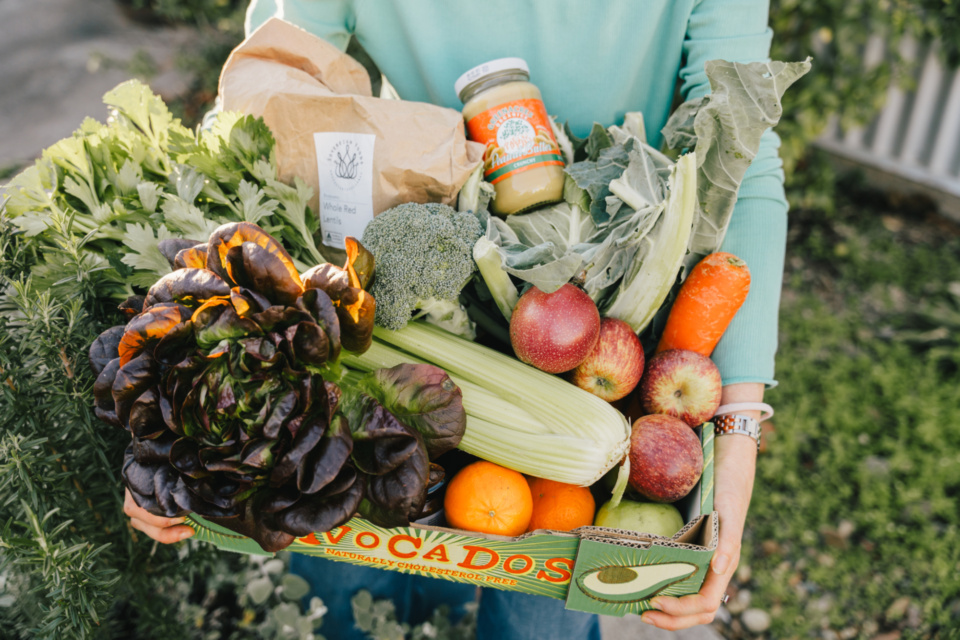
Posted on 03 Dec 2025
Emma-Kate Rose is the co-CEO of Food Connect Foundation, working with communities to support the…
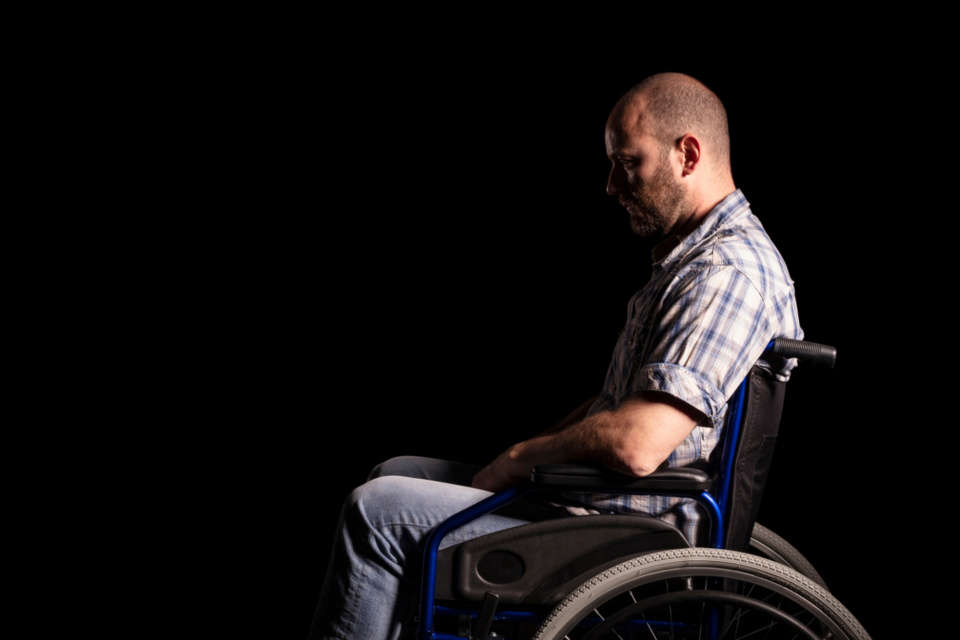
Posted on 03 Dec 2025
Today is the International Day of People with Disability, but for many, there is little to…
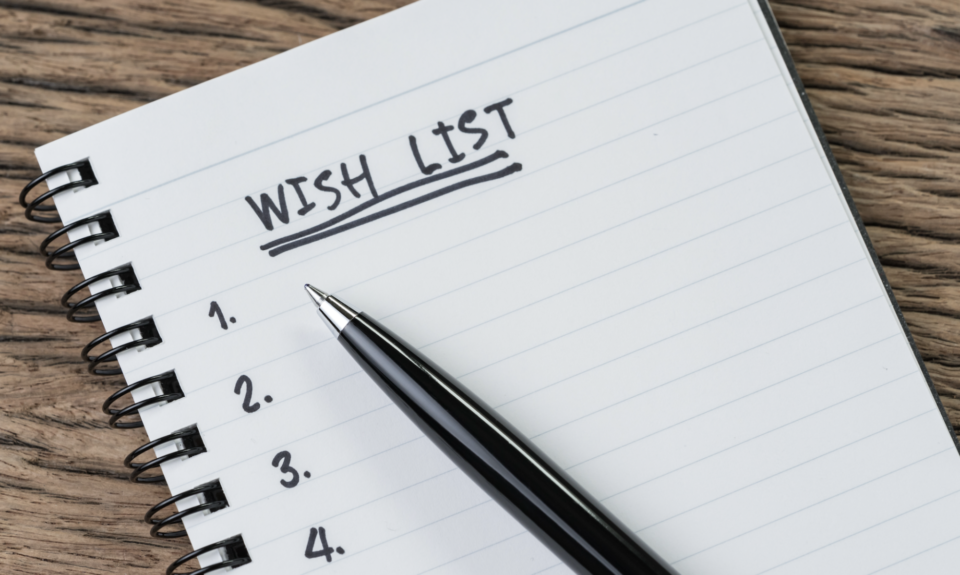
Posted on 26 Nov 2025
Charities and not-for-profits can be outstanding advocates for their cause, their community, their…

Posted on 26 Nov 2025
Next Wednesday, December 3, All Abilities ambassador Greg Pinson will be celebrating the…

Posted on 26 Nov 2025
If you think it’s inefficient for every small organisation seeking funds in regional, rural or…

Posted on 26 Nov 2025
An emerging tax scheme that offers tax deductions by using barter credits to inflate DGR donations…
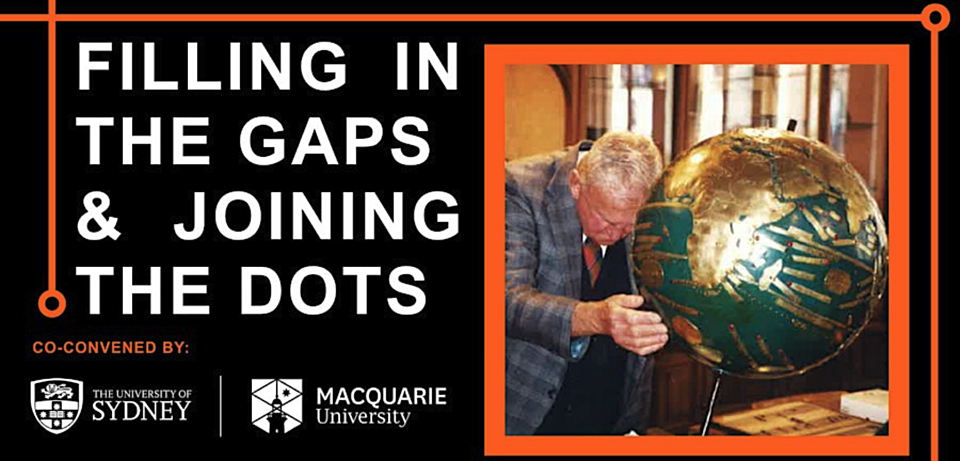
Posted on 26 Nov 2025
A landmark conference starting tomorrow in Sydney will bring together the dual sensory impairment…